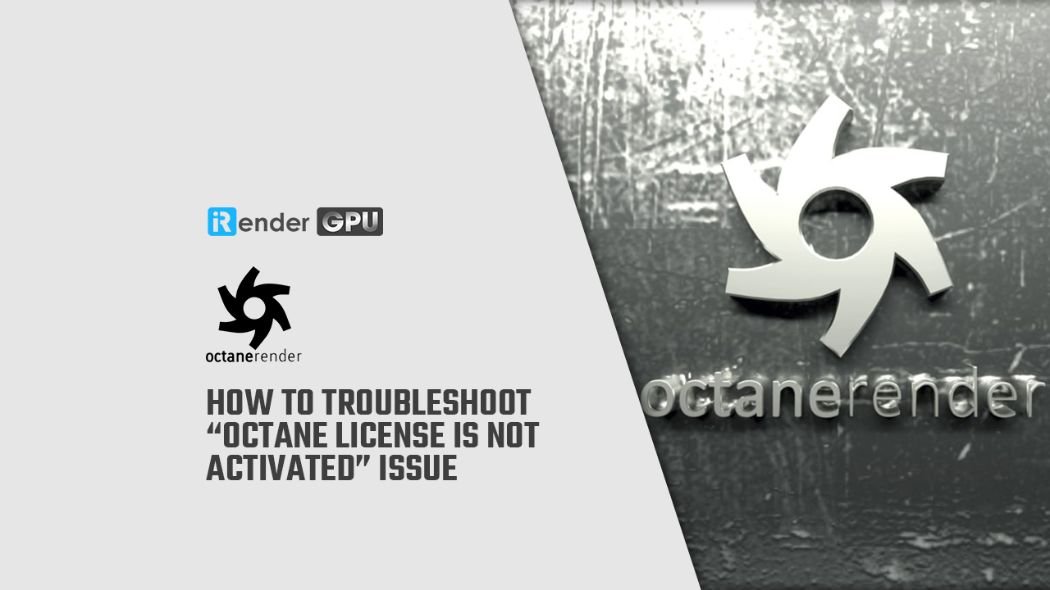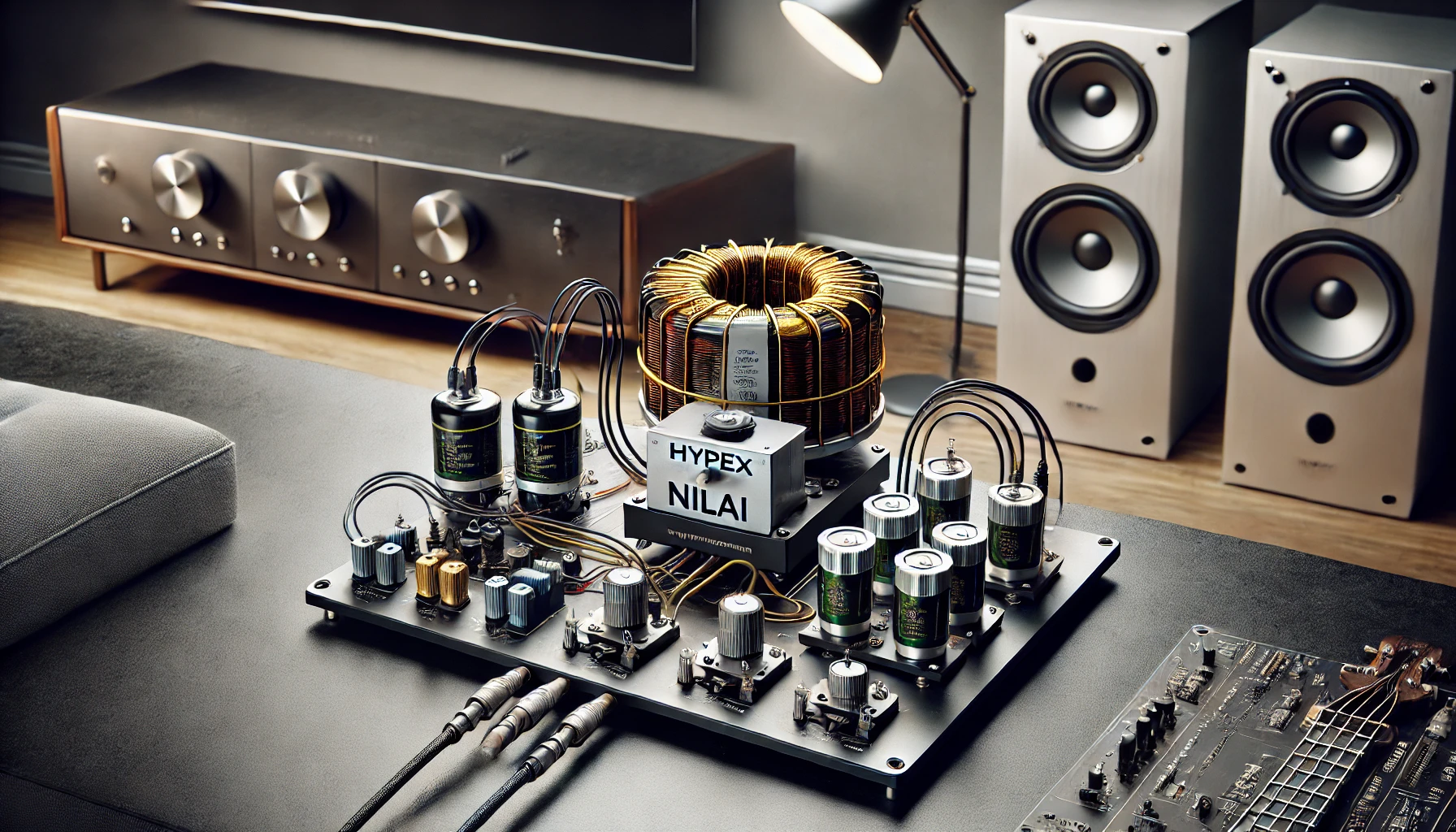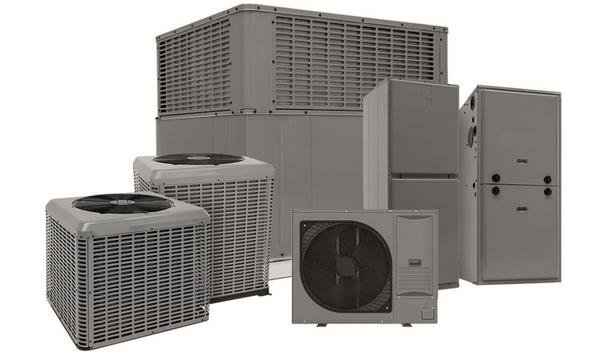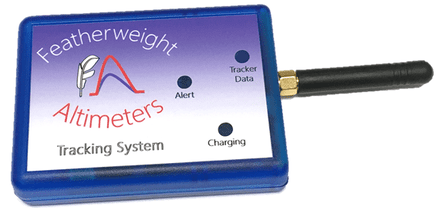In today’s fast-paced development environments, efficient workflows are crucial. Tools like Octane help facilitate Agile processes, but server connection issues can disrupt productivity. If you’re repeatedly seeing a “can’t connect to Octane server” error, you’re not alone. This common issue has impacted many users, whether they’re accessing Octane for the first time or after a period of usage.
In this article, we’ll explore the root causes of this connectivity problem and guide you through solutions that will help you troubleshoot and resolve the issue swiftly.
You may also read: Unleash the Magic with the Best Sims 3 CC for Sirius Black
Understanding the Octane Server and Its Importance
Octane is an Agile management software designed to help development teams manage and streamline project workflows, sprints, and backlogs. It offers features such as backlog management, test management, release tracking, and customizable dashboards. Connecting to the Octane server is integral for seamless collaboration and project execution.
Unfortunately, server connection problems can interrupt critical workflows. Knowing how to identify and fix these issues can keep your team on track without delays.
Can’t Connect to Octane Server: Common Reasons Behind the Error
Before diving into the solutions, it’s essential to understand why this issue occurs. Several factors can cause the “can’t connect to Octane server” error, and identifying the underlying reason can help streamline the troubleshooting process.
Network Connectivity Issues
Sometimes, the inability to connect to the Octane server stems from network connectivity problems. If your internet connection is weak or fluctuating, it can cause temporary disruptions, leading to server access errors.
Firewall or Security Software
Firewalls or other security settings might block your connection to the Octane server. Whether it’s on your local machine or a company-wide policy, firewalls are often culprits in blocking access to external servers.
Incorrect Octane Server URL or Credentials
Using an incorrect server URL or outdated credentials can prevent users from establishing a connection. Ensure that all server details are up to date and correct, as this is often a simple yet overlooked issue.
Octane Server Downtime or Maintenance
In some cases, the problem isn’t on your end. The Octane server might be undergoing maintenance or experiencing downtime. Checking with your system administrator or Octane support can provide insight into whether the server is operational.
Browser Compatibility Issues
While Octane supports a range of modern browsers, incompatibility issues might arise with specific browser settings or outdated versions. Regularly updating your browser and ensuring compatibility can resolve connection problems.
Proxy Settings
If your organization uses a proxy server, incorrect proxy configurations can interfere with your connection to the Octane server. Confirming that your proxy settings align with your Octane server’s requirements can mitigate this issue.
How to Troubleshoot the “Can’t Connect to Octane Server” Error
Now that we’ve discussed the possible causes, let’s explore the most effective methods to troubleshoot and resolve the “can’t connect to Octane server” error. The following solutions target common problem areas, ensuring that your access is restored quickly.
1. Verify Internet Connectivity
The first step is to ensure that your internet connection is stable. Run a speed test or try connecting to other websites and services. If your internet is slow or unresponsive, restarting your modem or router can help.
- Tip: Connect to a different network to see if the problem persists. This will help determine whether the issue is network-specific.
2. Disable Firewalls Temporarily
To identify if your firewall or security software is the problem, disable them temporarily and attempt to connect to the Octane server again. If the connection is restored, adjust your firewall settings to whitelist the Octane server’s URL.
- Tip: Make sure your firewall is properly configured to allow outgoing connections to the Octane server’s specific port (usually HTTPS, port 443).
3. Double-Check Server URL and Credentials
Double-check the server URL for accuracy. An outdated or incorrect URL is a simple but common reason for failed connections. Similarly, verify that your credentials (username, password) are correct and haven’t expired.
- Tip: Keep a log of server URLs and credentials for quick access and to avoid future errors.
4. Check Server Status
It’s always a good idea to confirm whether the Octane server is currently operational. Reach out to your IT team or check the status page provided by Micro Focus (the parent company of Octane) to determine if the server is down for maintenance or updates.
- Tip: Subscribe to the server’s status notifications to stay informed about potential downtimes.
5. Update Your Browser
Ensure you are using a supported and up-to-date browser when accessing Octane. Outdated browsers might lack necessary security protocols or cause compatibility issues that interfere with server connections.
- Tip: Regularly clear your browser’s cache and cookies to eliminate any corrupted data that might be causing access problems.
6. Adjust Proxy Settings
If your organization uses a proxy, ensure the settings are correctly configured. Proxy issues are often overlooked but can play a significant role in blocking connections to external servers.
- Tip: Check with your IT department to confirm the correct proxy settings, or bypass the proxy to see if it solves the connection issue.
7. Restart Your Computer
Sometimes the simplest solution is the most effective. Restarting your computer can refresh your network settings and resolve minor configuration issues that are preventing server access.
- Tip: After restarting, try using a different browser or device to check if the problem persists. This helps isolate the issue to your device or the network.
Advanced Solutions for Persistent Issues
If you’ve tried the basic troubleshooting methods and still can’t connect to the Octane server, there are more advanced solutions to explore. These approaches often require collaboration with your IT team or administrative support.
Clear DNS Cache
Clearing your DNS cache can resolve IP address-related issues that might prevent you from connecting to the Octane server. The DNS cache stores information about previous connections, and a corrupted cache can lead to failed server connections.
- Tip: On Windows, open Command Prompt and type
ipconfig /flushdnsto clear your DNS cache.
Check SSL Certificate Validity
SSL certificates are crucial for secure connections, and if the Octane server’s certificate is outdated or invalid, you might not be able to connect. This is a less common issue but one worth checking if other solutions have failed.
- Tip: Your browser will usually notify you if there’s a problem with the SSL certificate. Be sure to alert your administrator if this is the case.
Consult Micro Focus Support
Finally, if none of the above steps resolve the issue, consider contacting Micro Focus support for further assistance. Their team can investigate server-side problems and provide additional guidance tailored to your setup.
Why You Shouldn’t Ignore Connection Issues with Octane
Persistent server connectivity issues can severely hinder project progress, leaving teams frustrated and inefficient. Addressing these problems promptly ensures that you and your team can focus on what matters most: developing and delivering high-quality software on time.
Additionally, recurring server errors might indicate deeper systemic problems, such as network vulnerabilities or poor server maintenance. Addressing these issues head-on can improve both performance and security in the long run.
FAQs
Why am I getting the “can’t connect to Octane server” error frequently?
Frequent connection issues could indicate problems with your network, incorrect proxy settings, or intermittent server outages. Checking each of these areas methodically can help reduce the frequency of these errors.
Can firewall settings prevent me from connecting to the Octane server?
Yes, firewalls can block outgoing connections to specific servers, including the Octane server. Adjusting your firewall to allow traffic to the Octane server’s URL and port can resolve this issue.
How do I verify if the Octane server is down?
You can check the status of the Octane server by visiting its status page or contacting your system administrator. If the server is undergoing maintenance, you might need to wait until it’s back online.
Do proxy settings affect my connection to the Octane server?
Yes, incorrect proxy settings can block access to the server. Confirming that your proxy is configured correctly or temporarily bypassing it can resolve connection issues.
What should I do if clearing the cache and updating the browser doesn’t help?
If basic troubleshooting steps like clearing the cache or updating your browser don’t work, you may need to investigate more advanced solutions like adjusting DNS settings or checking SSL certificate validity.
Can I still access my projects if the server is down?
If the server is down, you won’t be able to access your projects until it’s back online. Contacting support for status updates is recommended.
Conclusion
The “can’t connect to Octane server” error can be frustrating, especially when it interrupts key development processes. However, by following the troubleshooting steps outlined above, you can diagnose and resolve most issues quickly. Whether it’s a simple network problem, firewall settings, or even server downtime, understanding the cause and applying the right solution ensures that your team stays productive and your projects remain on track.
For more advanced cases, consulting with IT support or reaching out to Micro Focus can provide you with deeper insights and long-term fixes. Always prioritize server connectivity issues to keep your development pipeline running smoothly.




